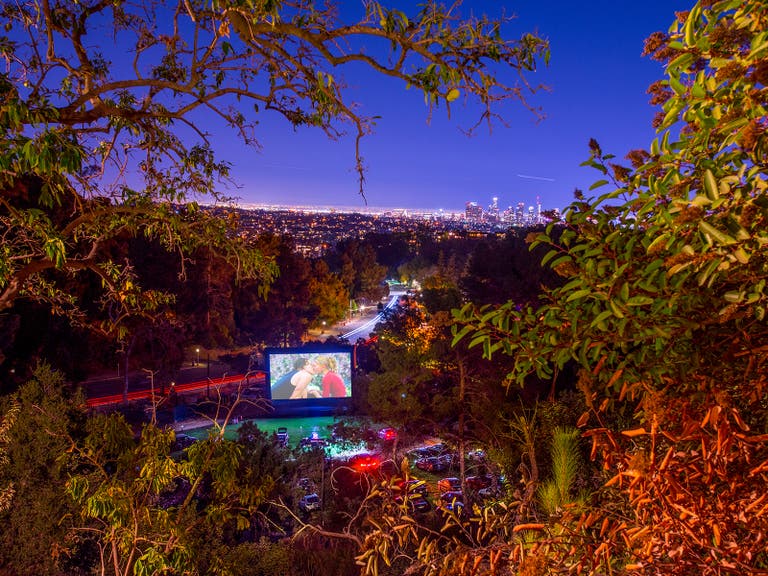The Top 5 Dishes in Tarzana

Edgar Rice Burroughs, author of “Tarzan,” subdivided his sprawling Tarzana Ranch in 1923, and within a decade, his land and surrounding plots officially became Tarzana. Since then, the neighborhood has thrived between the Santa Monica Mountains to the south and Victory Boulevard to the north. Tarzana has become a hotbed for Middle Eastern and Asian food in recent decades. Start culinary explorations with these 5 dishes.

Arcwood Wine Bar – Dry-Aged Rib Eye
Hitesh Ambalal and wife Trina serve some of the most ambitious food of any L.A. wine bar. Arcwood is a modern neighborhood hangout located at Tarzana’s Village Walk that pours more than 30 wines by the glass. Longtime friend Avner Levi from Cento Pasta Bar constructed a wine-friendly menu that goes way beyond cheese and charcuterie. Arcwood dry-ages ribeyes for 21 days. Along the way, Levi mists towel wrapped steaks with Jack Daniel’s whiskey and honey. They baste each ribeye in a cast iron skillet with butter, rosemary and garlic until the rosy meat forms a beautiful sear. Each steak comes on a wood platter with ramekins of Maldon sea salt, olive oil, and chimichurri that’s equal parts parsley and cilantro, olive oil, Fresno chiles, garlic, and shallots. The ribeye tastes great on its own, but diners should still partake in these savory accouterments.

Apey Kade – Hoppers with Mutton Curry
The name Apey Kade translates to English as “our store,” and the family that runs this Sri Lankan restaurant clearly takes pride in what happens beneath their peacock logo’s gaze. Lali Rodrigo and his wife Niza, aka “the big boss” and chef, hail from the capital of Colombo. Hoppers are lacy, bowl-shaped crepes made with rice flour, coconut milk and kithul (coconut flower syrup). Each four-hopper order features one hopper with a runny yolked egg, and a choice of curry. Mutton typically refers to aged lamb, but here means bone-in goat chunks submerged in a well spiced, tomato based curry. Spice lovers will appreciate katta sambol, a spicy condiment crafted with chiles and onions. Tear and dip.

Cafe du Liban – Samke Harra
Chef Rosie Nemr trained husband Elie to prepare dishes from her eclectic repertoire that draws from her childhood in Lebanon, a Greek father, and Armenian mother from Istanbul. Cafe du Liban, the couple’s strip mall restaurant in Ross Plaza features Lebanese comfort food. Rarely seen samke harra is a dish that’s popular with Mediterranean fishermen in the north part of the country. Flaky white fish fillets are blanketed with a sauce crafted with nutty tahini, cilantro, and garlic. Each plate comes with crispy pita chips, hot sauce dots, and a choice of two sides. I’d recommend selecting bulgur and spiced lentil soup.
Sushi Iki - Kawahagi Liver
It’s hard to imagine a richer bite of sushi than what Tokyo native Eddie Okamoto provides at Sushi Iki, his eight-seat, boomerang-shaped Wall Street Plaza sushi bar. Iki means “special” in English. Specials starring ingredients like unctuous kawahagi liver live up to the billing. When in season, Okamoto serves an ultra-rich pink slice atop sweet uni with briny caviar, and shaved Italian black truffle in black sesame studded soy paper wrapper. Each order comes plated with decorative lemon and purple flower. Kawahagi is only available four months out of the year, so in off-months, customers must make do with stellar nigiri topped with ingredients like warm, rosy slabs of ankimo (monkfish liver) and red-skinned kinmedai (golden eye snapper) dressed with yuzu kosho.
